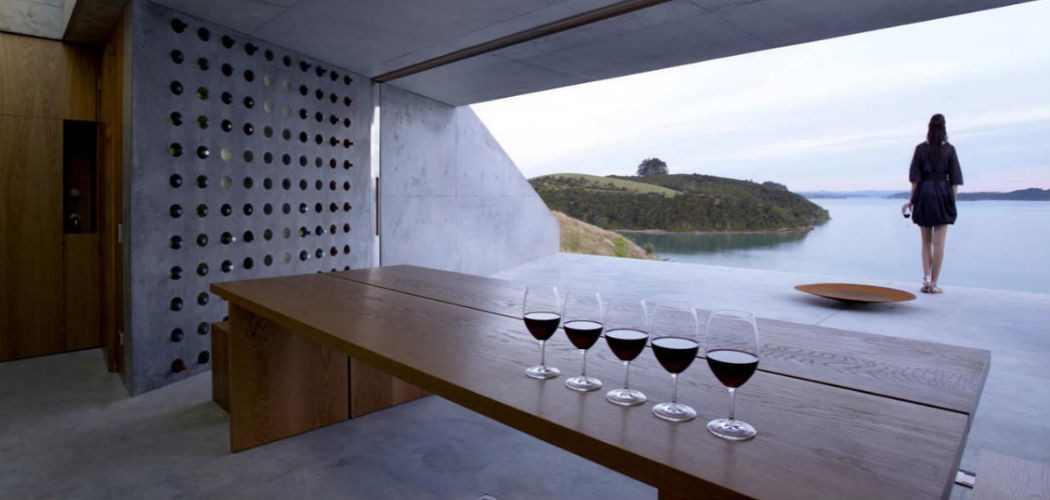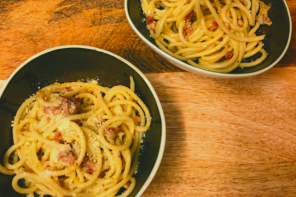I wouldn’t say I know nothing about architecture, but I’m no doubt a novice. What I do know I took away from a semester in Florence, during which I trekked through 10 or so countries, and from the direct, thought-provoking writing of Paul Goldberger.
I started with Goldberger’s book “Why Architecture Matters,” picking it up after catching the architecture critic on The Daily Show. He seemed like a cool cat, so I jumped on Amazon to see what he had to offer.
It took no more than a few paragraphs before I was in deep with the Pulitzer-winning architecture critic. His writing is both educational and delightful, stimulating yet relaxing. A rare talent. Beyond his books, his work can be found in the pages of Vanity Fair.
Goldberger excels at relation – relating his love of architecture to something we all appreciate and are intrigued with. Wine is one of these things. This taken from the introduction of “Why Architecture Matters”:
“In Art [Objects], Jeanette Winterson asks how we can know the difference between art to be admired and art to be ignored.
‘Years ago, when I was living very briefly with a stockbroker who had a good cellar,’ she said, ‘I asked him how I could learn about wine
‘Drink it,’ he said.”
And so it is. Experience is not sufficient, but it is necessary.”
There is endless truth in these words, which I explored recently at a vineyard in Virginia. I was struck with what felt like a booming, radiant revelation. Wine and architecture — what a fit, so similar, so transcendent and, for many, so inescapable.
Few among us have not been cautious, skeptical even, of our wine knowledge. And understandably so, there’s so much out there — grapes and regions we’ve never heard of, bottles we’ll never be able to afford.
The same intimidation can be felt toward architecture.
Yet with wine, like architecture, it’s not essential to understand the intricacies to relish it. You don’t have to comprehend the llicorella soil in Priorat to know that red wine is fucking delicious. Likewise, you don’t have to grasp the progressive thinking and technical prowess of Jefferson’s University of Virginia in Charlottesville, but you can stroll the grounds and intuitively know it’s a special place.
It’s all about curiosity, which is imperative in appreciating both wine and architecture. Inquire about what’s in that sparkler (“What the hell is macabeo?”). Be curious what period that cathedral was built in (The 8th Century!). If wine is to be cherished by the masses, a greater understanding must play a role. If we’re to appreciate some of the most accomplished artists to have lived – Gehry, van der Rohe, Michelangelo – we need to know some basics about their craft.
Both wine and architecture have the power to transport. They’re works of arts that can be masterpieces. And they’re both really damn fun.
This week, take the time to see a charming piece of architecture – be it a spectacular and historic residence, a local shop or City Hall on Main Street. Be sure you “don’t just look, but see,” in the words of an architect friend. Hopefully you can do so with a glass of wine. Experience that, too. Don’t just drink it. Don’t taste it. Experience it, and let me know what it tells you.









1 Comment